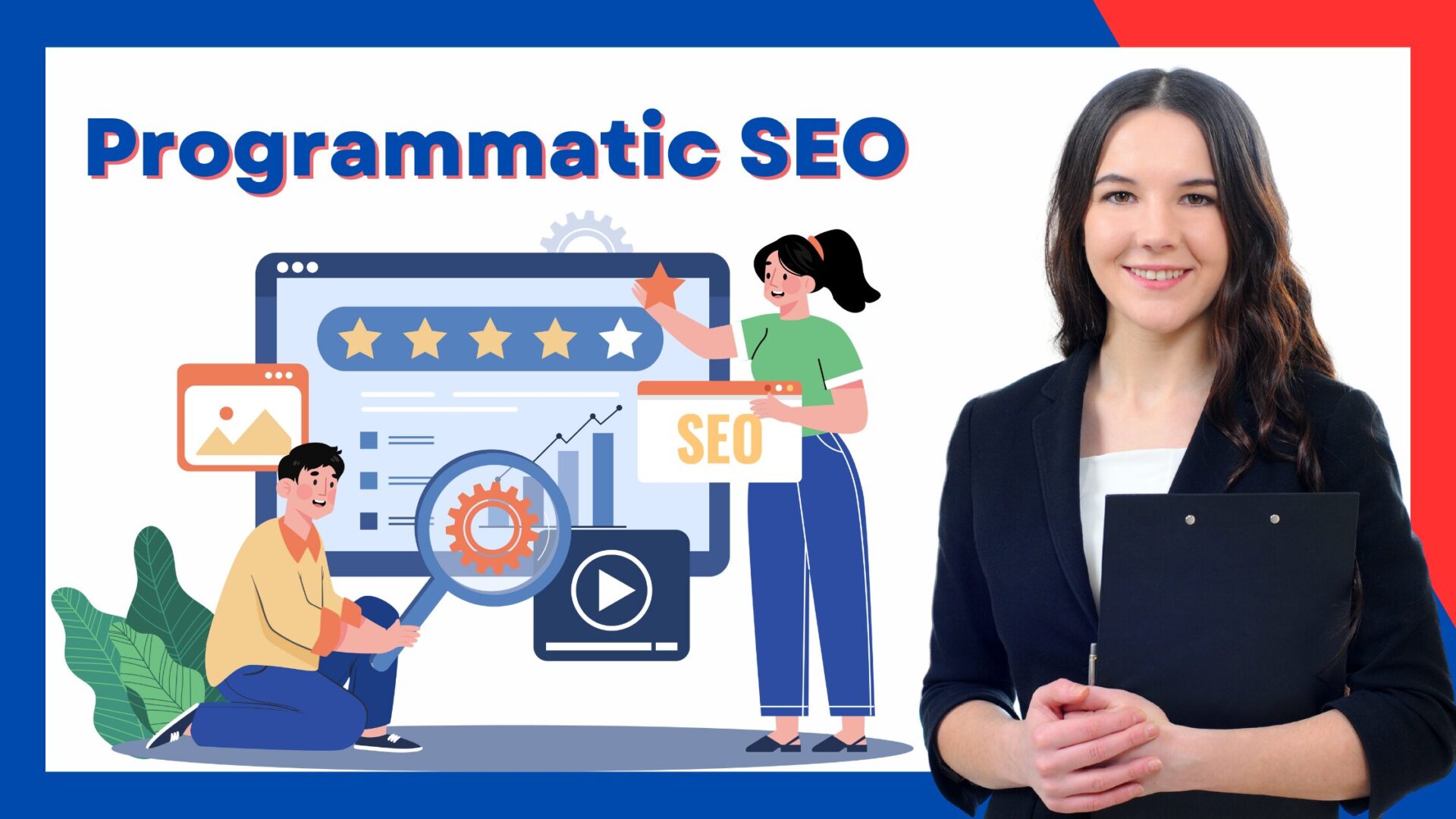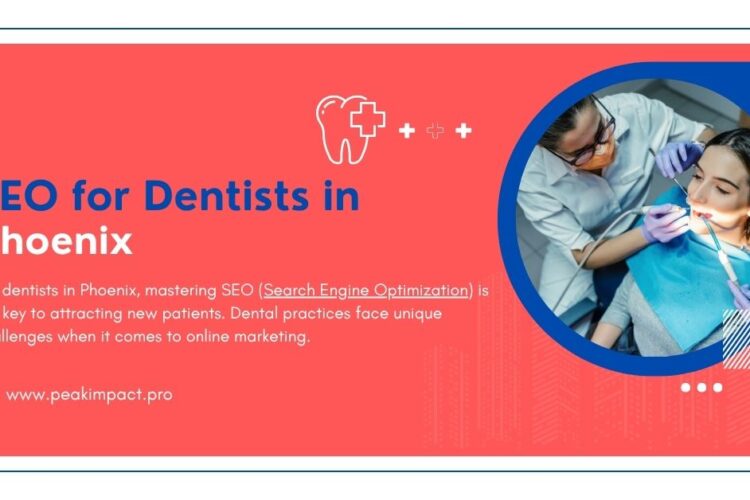
Programmatic SEO is revolutionizing the way businesses optimize websites for organic traffic. By making automation and data-driven SEO strategies, allows the creation of thousands of pages optimized for specific keywords and search intent.
This approach is especially effective for e-commerce sites, directories, and platforms with vast content needs. Here, we’ll explore what programmatic SEO is, how it works, and actionable steps to implement it effectively.
What is Programmatic SEO?
Programmatic SEO is a strategy that automates large-scale page creation to target long-tail keywords. It uses templates and structured data to produce unique, keyword-optimized pages for specific search queries. Unlike traditional SEO, which focuses on individual pages, programmatic SEO scales content creation efficiently.
Key Benefits of Programmatic SEO:
- Increases website visibility for niche and long-tail keywords.
- Reduces manual effort in page creation.
- Enhances user experience by targeting specific search intents.
How Does Programmatic SEO Work?
Programmatic SEO relies on three main components: data, templates, and automation tools.
- Data Collection
Gather comprehensive datasets, including product information, locations, or services. For example, a travel site might collect hotel data for different cities. - Template Design
Create reusable page templates that dynamically insert unique data points. Templates ensure consistency and scalability. - Automation Tools
Tools like Screaming Frog, WP All Import, and Multi Page Generator automate the integration of data into templates, generating thousands of pages efficiently.
Examples of Programmatic SEO
These examples demonstrate how programmatic SEO helps capture traffic from specific and diverse user intents. Several well-known platforms making programmatic SEO to dominate search engine rankings:
- Yelp: Generates city-specific pages for restaurants and services, targeting location-based queries.
- Amazon: Uses programmatic SEO to create product pages optimized for individual search terms.
- Real Estate Platforms: Sites like Zillow and Realtor.com produce property listings for different locations using structured data.
How to Do Programmatic SEO Effectively
Follow these steps to implement a successful programmatic SEO strategy:
- Identify Your Target Keywords
Use tools like Ahrefs or SEMrush to find long-tail keywords with low competition. Focus on keywords that address specific queries. - Create Structured Data
Collect and organize data relevant to your niche. Ensure accuracy and completeness. - Build Dynamic Templates
Design page templates that can integrate unique data points. Optimize templates for SEO by including headings, meta tags, and internal links. - Automate Page Generation
Use tools like WP All Import (for WordPress) or Airtable to automate page creation. Ensure each page delivers unique value. - Optimize for User Experience
Keep navigation intuitive and ensure pages load quickly. Include images, tables, and videos to enhance engagement.
Programmatic SEO Tools
Here are some essential tools to streamline programmatic SEO:
- Screaming Frog SEO Spider
Helps analyze your site structure and ensures all pages are crawlable. - WP All Import
A WordPress plugin that simplifies importing data from CSV or XML files. - Multi Page Generator
Creates multiple pages by using dynamic data inputs and templates. - Airtable
A versatile tool for managing and organizing datasets. - Google Sheets
A cost-effective option for handling smaller datasets.
Advanced Programmatic SEO Strategies
- Leverage AI for Content Personalization
Use AI tools to create personalized page elements, improving user engagement. - Implement Schema Markup
Add structured data to enhance search engine understanding and improve SERP visibility. - Focus on Local SEO
Create pages targeting local keywords to attract geo-specific traffic. - Test and Optimize
Continuously test page performance and refine your templates and data inputs.
Future of Programmatic SEO
The future of programmatic SEO lies in AI and machine learning. Tools powered by AI will enable more sophisticated content personalization and automation.
Voice search optimization will also become a priority, requiring the integration of conversational keywords. Businesses leveraging programmatic SEO will gain a competitive edge by capturing niche traffic and improving scalability.




